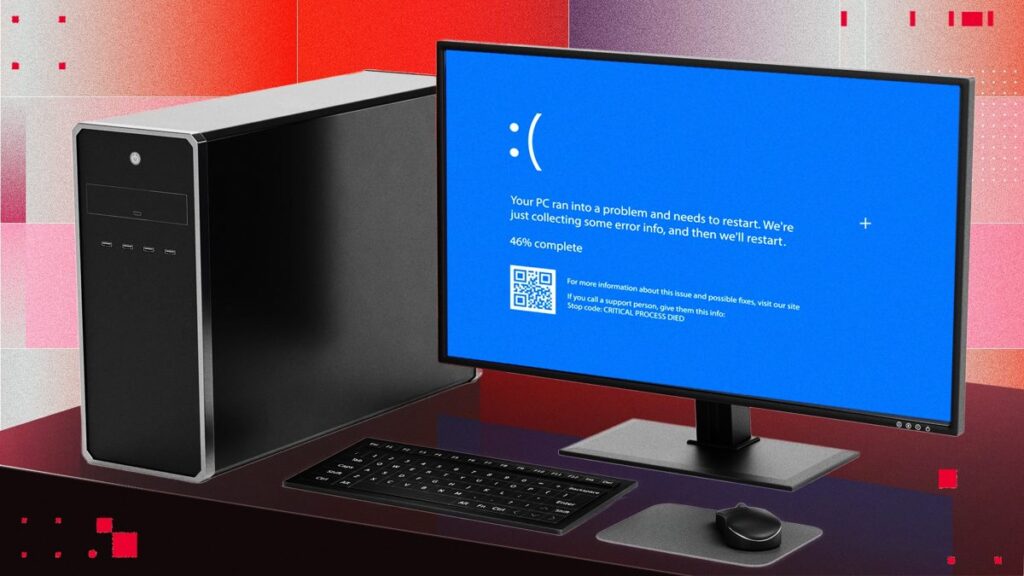
PC hardware evolves at a rapid pace, yet certain issues linger longer than anticipated. Such is the case with Intel’s notorious “Raptor Lake” bug, which caused widespread desktop crashes in the summer of 2024. Although Intel quickly acknowledged the problem and worked on a fix, it wasn’t until 2025 that the issue unexpectedly struck my personal desktop PC. Here’s a detailed account of how I navigated this challenge and eventually resolved it.
The Intel Voltage Bug: A Recap
To understand the magnitude of the problem, let’s revisit the origins of the Intel voltage bug. In July 2024, numerous Intel customers reported crashes and performance issues with their 13th Gen (“Raptor Lake”) and 14th Gen (“Raptor Lake Refresh”) processors. Intel’s investigation revealed that the microcode algorithm inaccurately requested voltage levels, leading to elevated operating voltage and instability. This issue primarily affected processors rated at 65 watts or higher, and in some cases, caused permanent damage.
Intel responded by developing a microcode patch, which motherboard manufacturers rolled out to affected systems. For users who hadn’t yet experienced the symptoms, the patch served as a preventive measure. However, for those already affected, the damage might have been irreversible.
My Personal Encounter with the Bug
In early 2023, I purchased a 13th Gen Raptor Lake Intel Core i7-13700K processor for my PC. Initially, I faced issues with the first chip, which wouldn’t boot my system. After troubleshooting, I replaced it with another unit, which worked flawlessly. My build also included an Nvidia GeForce RTX 3080 card and 32GB of RAM, designed primarily for gaming and work.
Despite the widespread reports of the Raptor Lake bug in mid-2024, my system remained unaffected. I applied the microcode patch from my motherboard’s manufacturer, ASRock, and assumed the matter was resolved. However, my optimism was short-lived. By early 2025, I began experiencing frequent game crashes, indicating a deeper problem.
The Onset of Persistent Crashes
The first indication of trouble was with Marvel Rivals, a popular online game by Netease. It frequently crashed during shader compilation or mid-game, leading me to initially suspect a GPU-related issue. However, the crashes soon spread to other games, including Obsidian Entertainment’s RPG, Avowed, and Sandfall Interactive’s Clair Obscur: Expedition 33. The common thread among these titles was their use of Unreal Engine 5, prompting me to consider a compatibility issue with my hardware.
“The crashes ceased immediately across all three titles after undervolting. Months later, aside from a few one-off crashes, I have seen no persistent instability.”
Despite my mainstream hardware configuration, the persistent crashes suggested the Raptor Lake bug might be the culprit. After thorough research and troubleshooting, I concluded that the voltage bug was indeed affecting my processor.
The Solution: Undervolting
To address the issue, I turned to the Intel Extreme Tuning Utility (XTU), a method recommended in various forums and by Netease’s support page. By manually lowering the processor’s voltage, I was able to stabilize my system. Specifically, I reduced the performance core ratio from 55 to 53, which immediately resolved the crashes across all affected games.
This solution, while effective, highlighted the delayed onset of the problem. The patch had not arrived in time to prevent low-grade damage to my processor, which only manifested later.
Looking Ahead: Future Considerations
In response to the Raptor Lake bug, Intel extended the warranty for affected processors by two years, offering replacements. However, I chose to retain my chip, as the performance impact of undervolting was negligible, and the hassle of returning it outweighed the benefits.
As I consider future upgrades, the Raptor Lake saga has prompted me to explore alternatives, including AMD processors. While Intel has a strong track record, the recent issues have left a lasting impression. The competitive landscape, with potent options from AMD, may influence my next purchase.
“It’s unlikely the same problem will well up with a new generation—indeed, that would be a PR disaster if it did—but when making an expensive, years-long purchase, you have to consider all possibilities.”
Intel’s newer “Arrow Lake” desktop chips have shown stability, but their gaming performance hasn’t been particularly inspiring. As a PC-gaming enthusiast, I am due for a CPU upgrade and will be closely monitoring Intel’s offerings to see if they can regain consumer trust in this competitive market.






